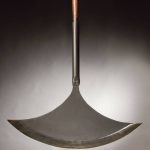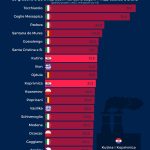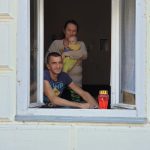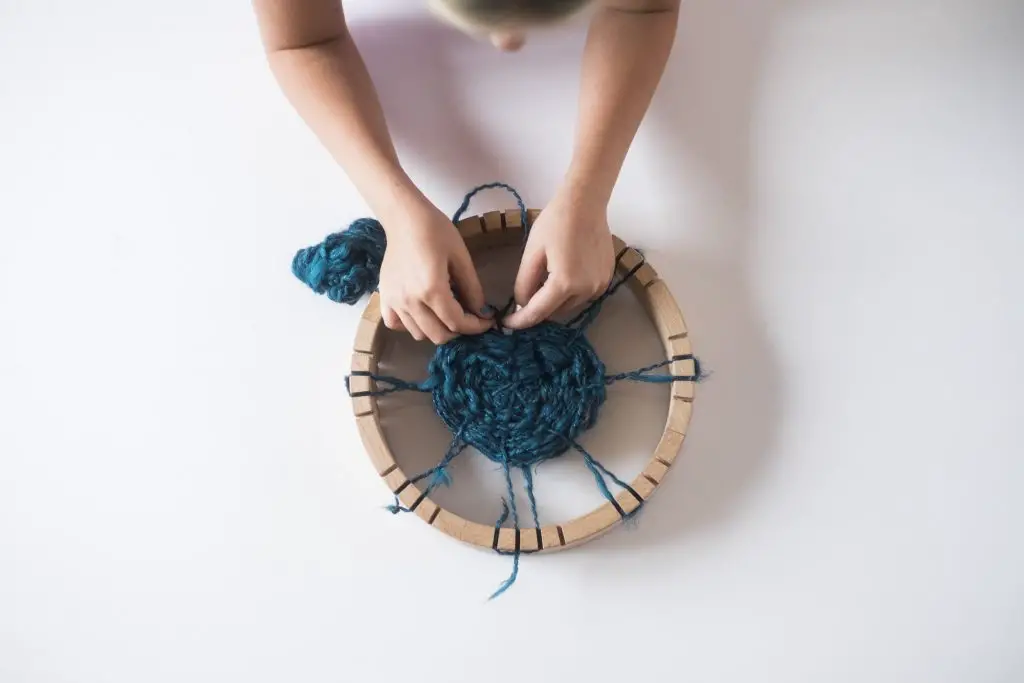
June 16, 2020 – In a world that develops incredibly fast and focuses on the future, one small yet strong Croatian project showcases both heritage and the future. Meet HAI! – Croatian Authentic Toys.
Croatian Authentic Toys is a project created in collaboration with the first-year students of Faculty of Architecture, product design, and the Povucizakulturu Association to conceive and design didactic toys that encourage the interactive experience of the game, and which were inspired by Croatian heritage. Didactic material is intended for preschool children who, through play, acquire developmental skills and, at the same time, get to know more about Croatia’s heritage.
The importance of play is unquestionable throughout life, especially in the early years, when the basic means of acquiring knowledge and skills on which personalities and social consciousness are built through play. The game is often seen as an activity which is the opposite of work, although it generally boasts the same components – motivation, landmarks, interaction, and rewards in the form of pleasure when we do what we love. It can be concluded that play is no less of a less serious or responsible activity, especially because those who work by playing are more efficient and even more satisfied. It is even more convincing when we accept that children develop by playing in all areas, which actually means working on themselves.
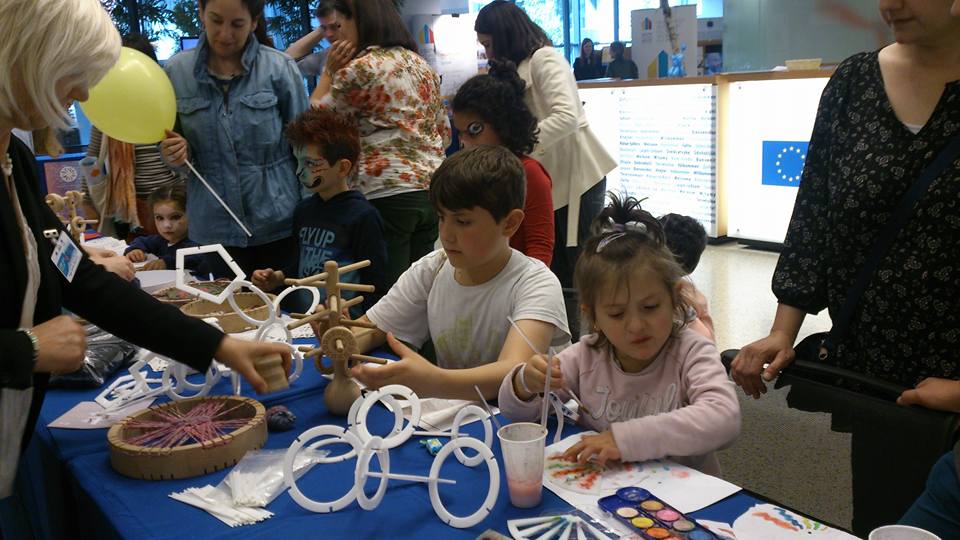
Should the rules of the game be predetermined? Can aesthetically pleasing toys help them with this? Should a toy reveal everything about itself at first glance? This is what characterises the greater part of the offer of toys on the market. Motivated by these questions, the team began their research intending to create toys that encourage self-confidence, inventiveness, and creativity, which find their meaning in proven values and experiences.
They will attract children by spreading new knowledge and achievements, and their goal is not just to recognise but to understand and interpret. The criteria themselves point to the basic values that we will never give up and to the original experiences with which we communicate those values. As a rule, community development is based on that, ensuring existence and building an identity. Looking back, this is called heritage, and looking ahead, we see resources of potential prosperity.
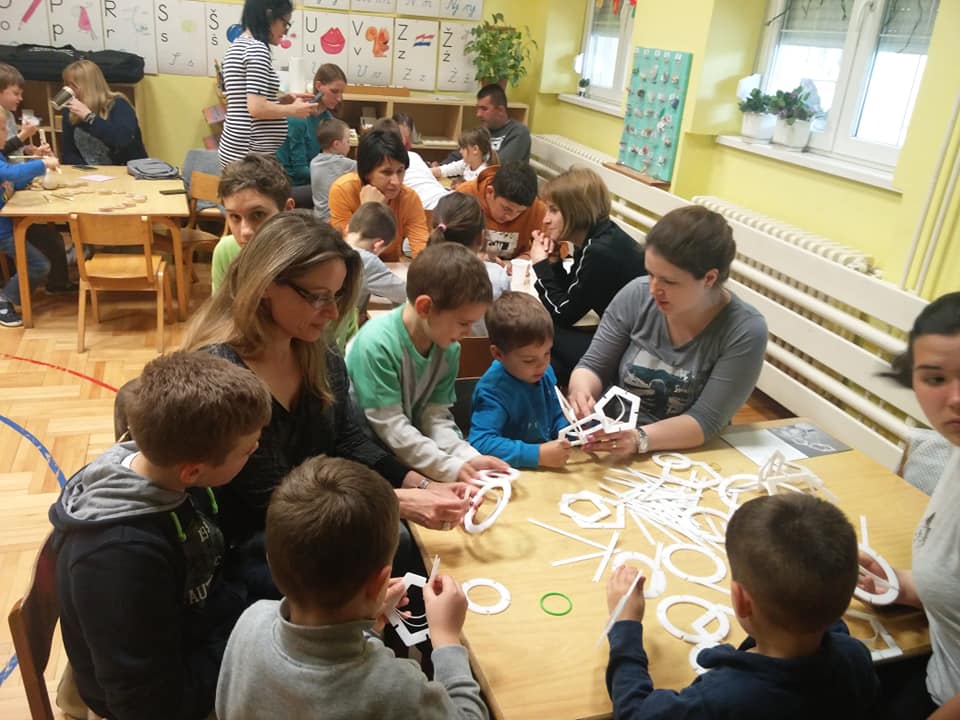
The project aims to develop a collection of children’s toys, as does the corresponding brand and packaging, which is intended for preschool and school-age children. Through the activities of the Faculty of Architecture, product design and the association, the products will be presented to educational institutions to encourage them to purchase products of Croatian design, which contribute to the development of various skills of children and are designed according to pedagogical guidelines for each age. Through discovering the toy and the meaning of the game, children learn about the material, as well as about the intangible values of heritage, in an unobtrusive way. The products will also be presented to the tourism sector as an authentic, quality souvenir – the bearer of Croatian cultural identity.
Through mutual interaction among themselves and also with these products, children develop their identity, their social awareness, creativity, creative potential, visual perception, coordination and fine motor skills, spatial orientation, and problem-solving skills. Special emphasis in terms of reference was placed on avoiding literalism in the transmission of this content and on creative freedom in interpreting the heritage values that underline the toy’s very concept.
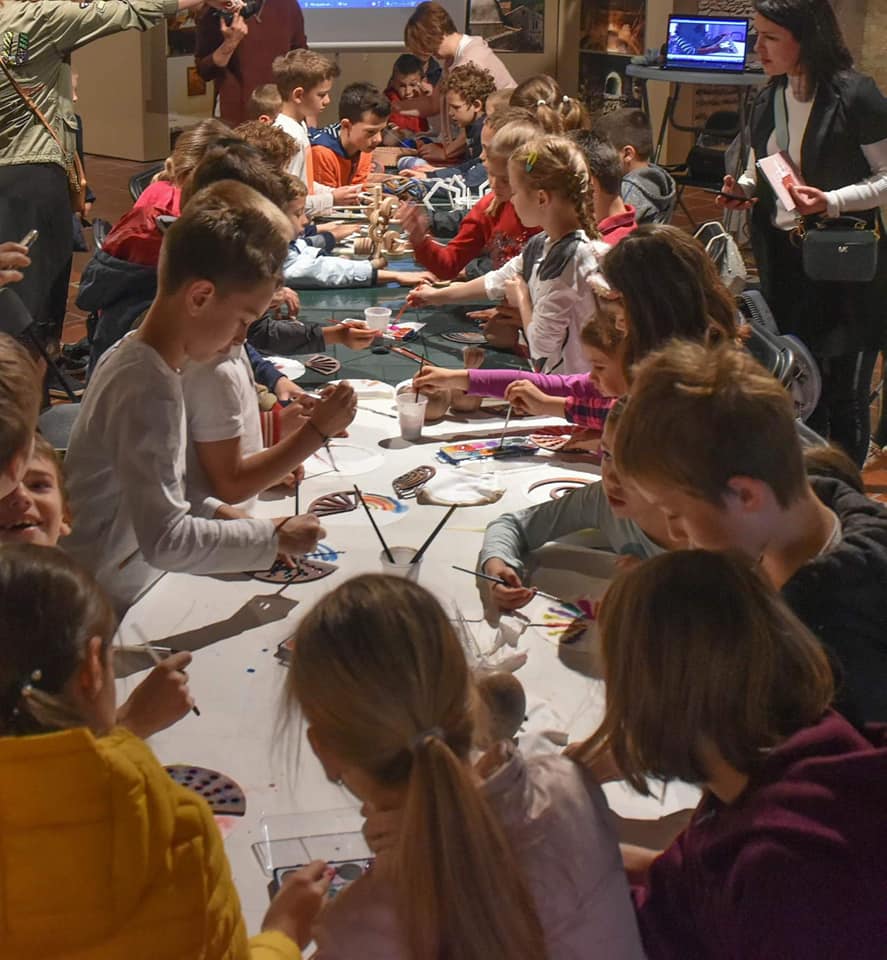
They primarily intended these toys for preschool children, although, of course, they can also come in handy in primary school classes, which was confirmed by some primary school teachers. Through playing with these toys, they want children to learn more about Croatian heritage, about the great people and promoters of Croatian culture, science, sports, and natural heritage. There are currently four toys that convey the message of Pag lace (Pagus), weaving as a traditional way of making fabrics (Znatiželjna nit), the preservation of rodent bread in the traditional way (Čičulin) and Croatian national dances and folk costumes, as well as the national ensemble Lado (Zvutka). There are more toys in preparation that will bring some new stories with them, too.
By playing with children, adults can also expand their knowledge, because by looking at humans as a homo ludens, they follow Huizinga’s idea of how the entire human culture grew and developed from play.
Every toy has a story in its heart. Such toys were wanted, and design students created them.
The goal is for the toys to help better connect children with their parents, educators, and grandparents, because that is how they build a relationship of connection and togetherness.
A storybook accompanies each toy so an adult can read it to a child before playing, as motivation. Or they can do it after the child has already tried playing with the toy in their own way. That story can be a guide for further games with the toy. In addition, an adult could also tell a child their own childhood experience related to the theme of the story. This will further enrich the child’s experience. And maybe the story and the toy will be an incentive to go to a museum or encourage some other way of researching the story told by the toy.
With HAI toys, children will be able to knit Pag lace by playing with the Pagus toy. Pag lace was first sewn for church clothes; today, it is a revered symbol of cultural identity.
Pagus, author: Paula Kovač
The Zvutka toy is inspired by Croatian folk costumes and dances, kolo.
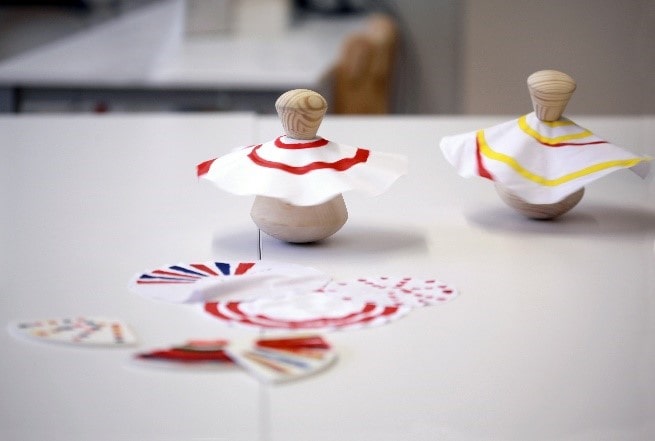
Zvuka, author: Karla Kocijan
The tradition of storing bread, a food that occupies the most important place in our daily diet, can be experienced by children interactively by playing a social game that they call Čičulin. It was inspired by older times when Croatian families didn’t have shops and bakeries where bread was bought as it is today. Every Sunday, bread was baked for each day of the coming week, with one being eaten immediately. The rest of the bread was placed on hanging wooden beams to keep the bread as far away from the ground as possible because they were living in unhygienic conditions at the time, and animals often entered people’s homes and ate their food. The inspiration for the rings came from the traditional technique of writing bread. The traditional custom in Croatian homes was to write the desire for bread for Christmas. So the Christmas bread and cakes were richly decorated and original.
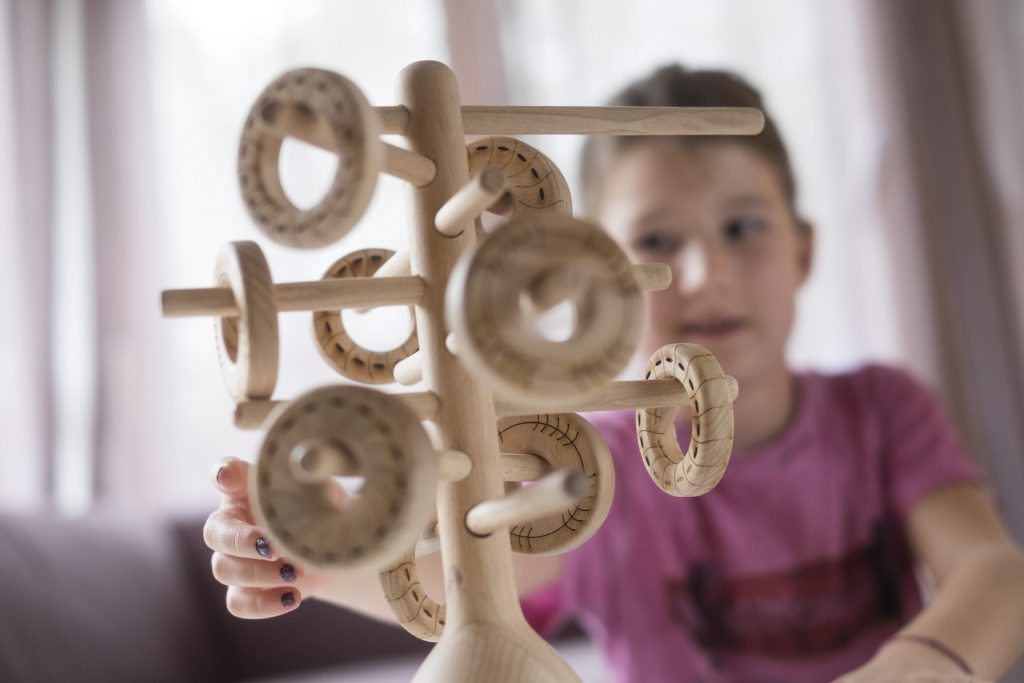
Čičulin, author: Erika Filipan
Weaving is one of the oldest crafts and has a long historical development and significance in human life and development. The technique of hand-weaving remained unchanged until the industrial production of fabrics came to be, which shows that it was influenced by various historical circumstances, traditions, and cultures. Today, hand-weaving is rarely used, but it is increasingly recognised as a potential for expressing recognition in fashion and design. Znatiželjna nit is a toy that develops creativity in children. The possibility of weaving in a circle, in a parallel and three-dimensional way, encourages children’s research development and gives them complete freedom to wind the thread into a spatial composition.
Znatiželjna nit, author: Jovana Vlaisavljević
The toys are made of natural materials dominated by wood, without oil and coating. They were medically tested and met all EU rules. The Pagus toy, inspired by Pag lace, is made of acrylic glass, i.e., white plexiglass, precisely because of its whiteness, breathability, and purity.
The HAI! brand was fully developed at the Faculty of Architecture – School of Design, and a team of teachers and students participated. The name of the brand was created at a workshop led by a renowned media expert, Professor Veljko Žvan, and the students who developed the brand did so in a creative team.
A former student of the School of Design, Vita Vrebac, is most responsible for the visual identity of the brand. Special emphasis was placed on avoiding literalism in the transfer of content and on creative freedom in interpreting the values of heritage, which are the basis of the HAI toy series concept. Today’s customers are very aware of things around them, and in that sense, the HAI team tried to avoid instant solutions and a literal reading of traditional values. They tried to attract children through an interactive and layered game experience, which is subtly communicated through the brand itself.
For more projects like HAI!, follow Made in Croatia.

